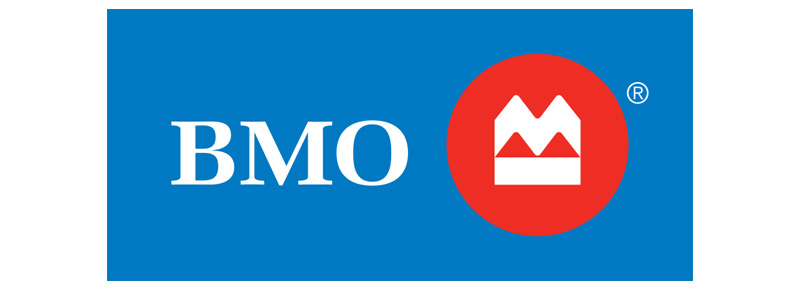Diversity and multiculturalism in insights and analytics
Canada’s marketing community has been passionate about multicultural marketing for quite some time. Several years ago, I attended a multicultural marketing forum in Toronto, where marketers enthusiastically discussed multicultural marketing. The belief at the time was that multicultural marketing would be considered successful only once people no longer felt the need to add the word “multicultural” in front of “marketing.”
From where we stand now, would you say this is true?
Contributing to the good, the bad and the ugly of multicultural marketing are the insights and analytics related to consumers. The industry has not only accumulated plenty of knowledge about consumers representing diverse populations, but it has also developed best practices to research these groups, including recruiting participants to represent a diverse consumer base, conducting research in multiple languages, and bringing cultural context into the design and interpretation of surveys. For example, a customer satisfaction survey I was involved with 15 years ago asked customers to rate their service from “extremely satisfied” to “extremely unsatisfied”, only to find that companies located in Asian communities consistently received sub-optimal feedback. Researchers later uncovered the reason was that words such as “extremely” are very rarely used in the vocabulary of these communities. Surveys today are far more conscious of cultural differences, however much more can be done.
Legacy systems could be enhanced to accommodate better categorization of evolving communities, such as subgroups within an ethnic group or on the gender identity spectrum. More tactics are also required to encourage research participation from diverse communities.
From a methodology standpoint, research and analytics today are different from any other time in history. Artificial intelligence (AI) and machine learning have been broadly incorporated into the identification of consumer insights. Marketers and business leaders at large are hoping that machines can succeed at revealing more true insights than human analysts could determine, as well as remove human biases.
Unfortunately, it is not that simple. In reviewing popular commercial facial recognition software, it was found that gender could be correctly identified 99 per cent of the time, but only for the faces of white men. In the case of Black women, the accuracy rate was only 35 per cent. There are a number of factors impacting the performance of AI tools, including biased audiovisual content, aggression bias, and the talent that is responsible for designing and coding algorithms. Arguably, facial recognition is one of the more mature areas of AI application. Marketers can never be too cautious when questioning the data input and the methodologies before using machine-generated insights.
Using either traditional research or cutting-edge AI technology, insights professionals are always faced with the fundamental question: What is the objective for getting insights, and how can marketers best use them? Many marketers ignore fine details, for instance, differences between a Chinese Canadian who has lived in Toronto for 20 years and a Korean student who has recently moved to Toronto to study. This is not because of a small research budget, but often because they do not know how to differentiate their creative or media buy to reach these two very different groups. There are countless aspects that can influence consumer habits and attitudes.
What some marketers have forgotten here is that marketing is more than just promotion. There are three other P’s in marketing 101. Understanding the different needs and wants of our diverse consumer base does not always translate into hypertargeting in advertising. More importantly, it enables marketers to be inclusive when developing product and designing packaging.
There is no doubt that Canadian marketers put effort into understanding the diverse consumer base and utilizing inclusive marketing tactics. Parallel to that, we have observed the changing faces of the marketing profession. The same could be said of marketing research and insights as more and more research moderators and data analysts are coming from different backgrounds.
We are not going to stop here though. As we see how data interpretation and AI-powered analytics are driving marketing decisions, the talent pool behind the scenes also needs to be more diverse and inclusive.




































